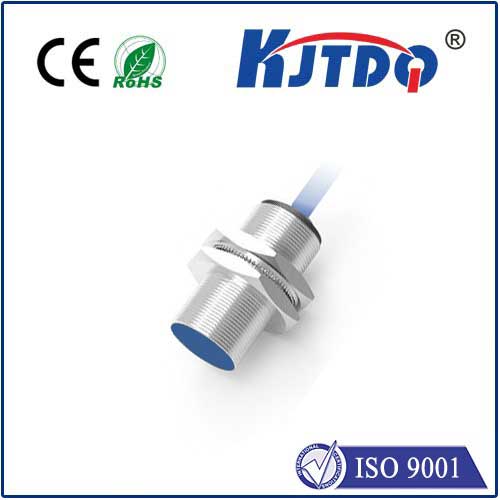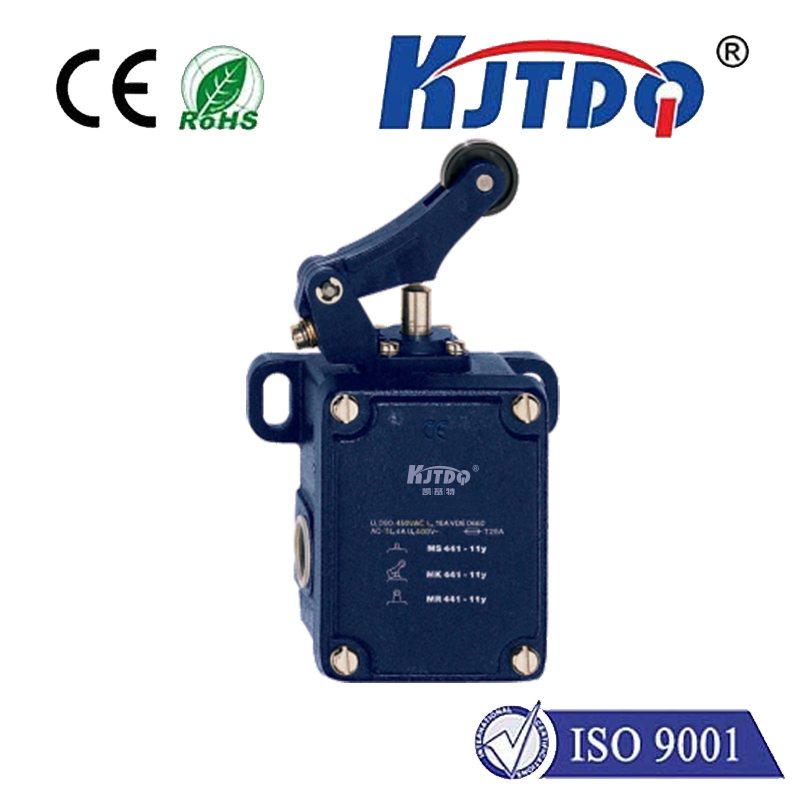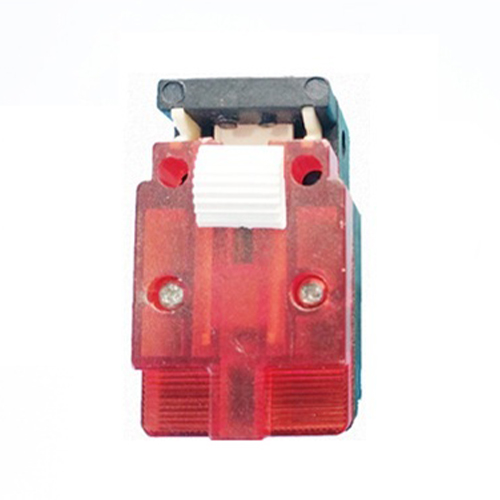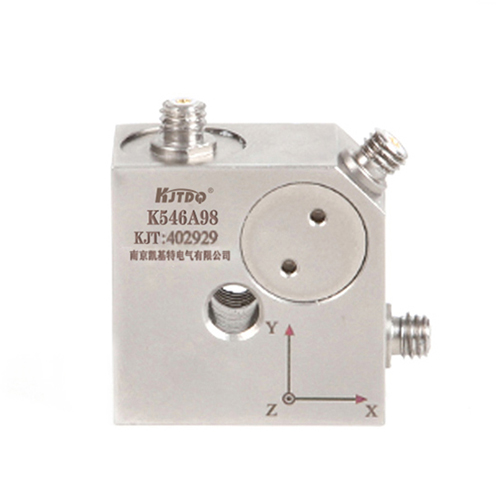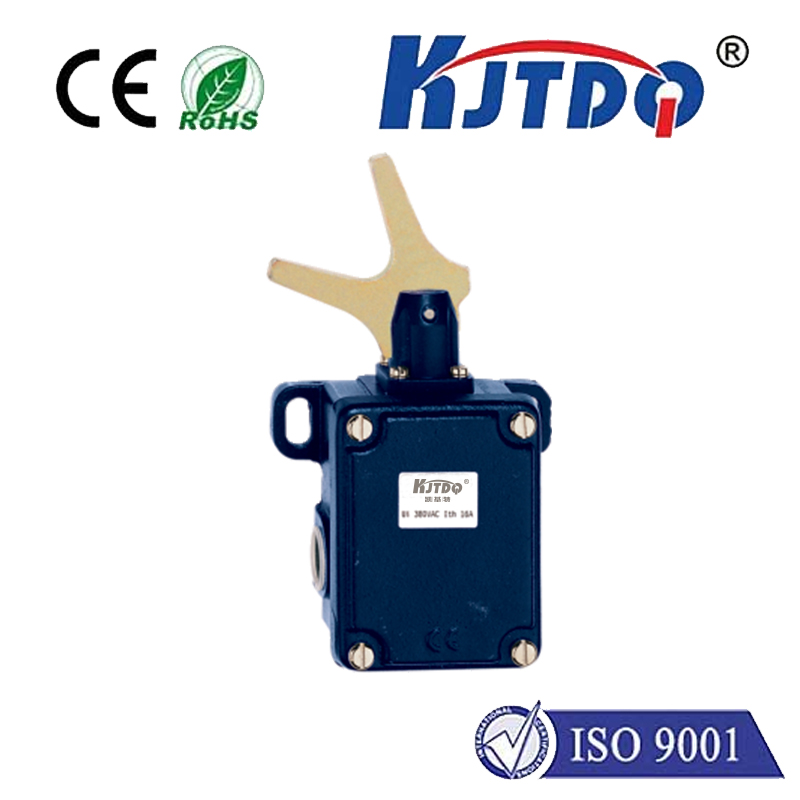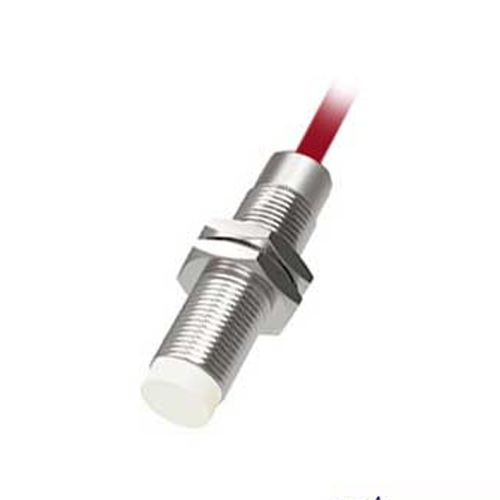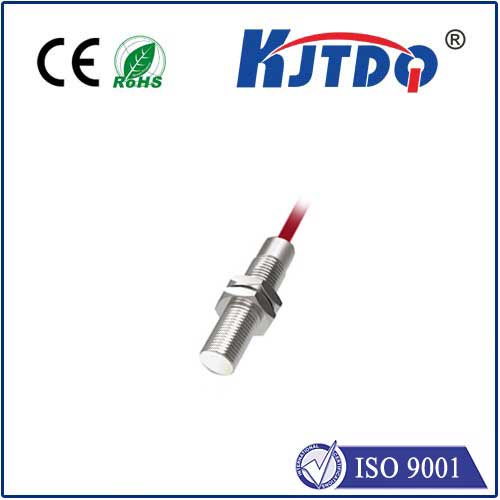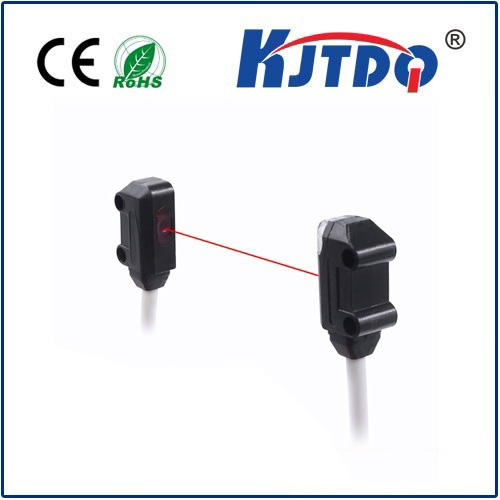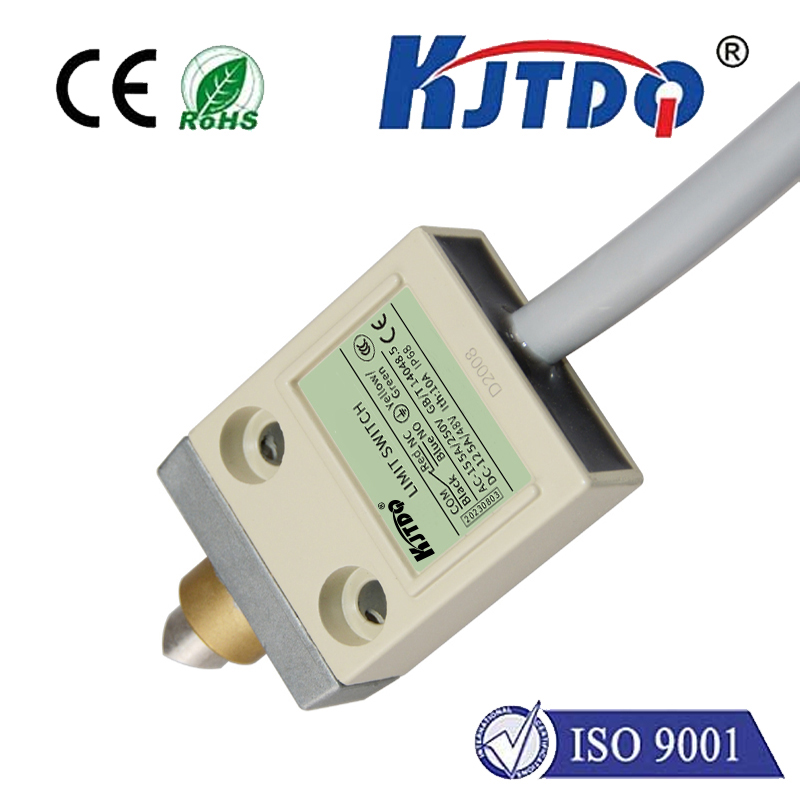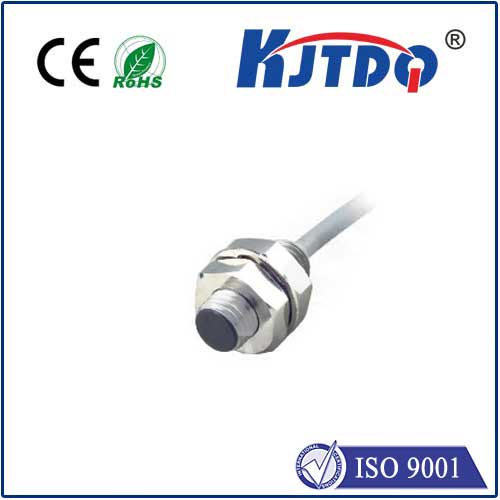E3FB-DP11-F2 2M 5v photoelectric sensor
- time:2025-10-09 09:48:22
- Нажмите:0
E3FB-DP11-F2 2M 5V Photoelectric Sensor: Your Compact Solution for Reliable Automation Detection
In the fast-paced world of industrial automation, precision, reliability, and simplicity are non-negotiable. Selecting the right sensing technology can be the difference between seamless operation and costly downtime. For applications demanding dependable object detection within a compact footprint and operating directly from common low-voltage logic supplies, the E3FB-DP11-F2 2M 5V photoelectric sensor emerges as a remarkably versatile and efficient choice.
This unassuming yet powerful device belongs to a critical category of industrial sensors: diffuse-reflective photoelectric sensors. Unlike through-beam sensors requiring separate emitter and receiver units, the E3FB-DP11-F2 integrates both into a single housing. It emits a beam of light (typically infrared) and detects the reflection bouncing back from an object within its sensing range. Its inherent design translates to easier installation, reduced wiring complexity, and lower overall system cost – advantages highly valued on the factory floor.
Decoding the Model: Key Features Revealed
The model number itself provides valuable insight into this sensor’s capabilities:
E3FB: Denotes the Omron sensor series, known for its compact size and robust performance.
DP11: Indicates the specific sensing head configuration and characteristics (housing shape, sensing distance specifications).
F2: Often refers to the output configuration. In this case, F2 commonly signifies a Normally Open (N.O.) NPN output transistor. This means the output switches ON (connects to 0V/GND) when an object is detected, making it compatible with a wide range of Programmable Logic Controllers (PLCs) and microcontrollers, particularly those operating on lower voltages.

2M: Clearly specifies the length of the attached pre-wired cable – 2 meters. This provides flexibility during installation, allowing the sensor to be positioned optimally relative to the control unit without requiring immediate splicing or extensions.
5V: This is a crucial differentiator. It signifies the operating voltage range, typically DC 5V ±10%. While many industrial sensors operate at 10-30V DC, this 5V capability is invaluable for:
Direct Microcontroller Interface: Seamlessly connecting to Arduino, Raspberry Pi, ESP32, and other popular development boards or embedded systems without voltage level shifters.
Low-Power Applications: Ideal for battery-powered systems or scenarios where minimizing power consumption is critical.
Simplified Logic Integration: Streamlining circuitry in designs where a 5V logic rail is already present or preferred.
Core Strengths Driving Adoption
The E3FB-DP11-F2 delivers beyond just its voltage spec:
- Compact & Space-Saving Design: Its small form factor allows installation in confined spaces where larger sensors simply wouldn’t fit. This is essential in modern, densely packed machinery.
- Reliable Diffuse Sensing: Offers effective detection of objects within its specified range (typically up to 100mm or 300mm depending on exact variant/color). While background suppression (BGS) models provide superior resistance to background interference for specific tasks, standard diffuse models like this F2 variant excel in countless general-purpose detection scenarios.
- Easy Installation & Setup: Fixed cable length (2M) simplifies wiring, and the compact housing often features convenient mounting holes or slots for easy mechanical integration. No complex configuration is usually required – point it, power it, and it works.
- Solid Construction & Environmental Resilience: Built to withstand typical industrial environments, offering resistance to vibration and featuring a degree of dust and water resistance (often IP50 or IP67, check datasheet for exact rating). This ensures long-term operational stability.
- Visual Status Indicators: An LED indicator light provides immediate visual feedback on power status and output state (detecting/not detecting), crucial for quick troubleshooting and setup verification.
Where the E3FB-DP11-F2 2M 5V Sensor Excels: Typical Use Cases
Its combination of compact size, 5V operation, and reliable diffuse sensing makes this sensor incredibly adaptable:
- Electronics Assembly & PCB Handling: Detecting presence/absence of PCBs on conveyors, in feeders, or at test stations. The 5V logic compatibility is perfect here.
- Small Robotics & Cobot Applications: Integrating sensors onto robotic arms or collaborative robots (cobots) for end-effector confirmation, part picking verification, or safety interlocks where space and weight are at a premium, and 5V control systems are common.
- Packaging Machinery: Counting items on a line, verifying flap closure on boxes, or confirming the presence of packaging materials.
- Перевозка материалов: Detecting objects on mini-conveyors, verifying part orientation before processing, or triggering sorting mechanisms.
- Low-Cost Automation & Prototyping: An ideal choice for DIY projects, proof-of-concept models, educational setups, or small-scale automation tasks leveraging microcontroller platforms. The intrinsic simplicity eliminates a significant integration hurdle.
- Conveyor Gap Detection: Ensuring products are spaced correctly before entering a process stage.
- Lab Equipment & Instrumentation: Providing precise object detection within analytical instruments or automated lab systems often running on low-voltage logic.
The Power of 5V Operation: Simplifying Modern Systems
Let’s delve deeper into why the 5V operating voltage is more than just a specification – it’s a significant enabler. Industrial control systems increasingly coexist with sophisticated logic controllers, microcontrollers, and IoT gateways that often operate on 3.3V or 5V levels. Using a sensor like the E3FB-DP11-F2 that natively operates at 5V:
- Eliminates Level Shifting: Removes the need for potentially complex, space-consuming, and failure-prone voltage level conversion circuits.
- Reduces Component Count & Cost: Simplifies the Bill of Materials (BOM) and lowers overall system cost.
- Enhances System Integrity: Direct connection minimizes potential points of failure and signal degradation associated with conversion stages.
- Unlocks Embedded & IoT Integration: Makes connecting sensors directly to the brains of small automation systems (like Arduino, Pi, PIC, etc.) incredibly straightforward, accelerating development and deployment cycles. This is a key facilitator for the growing “edge computing” trend in automation.
Ensuring Success: Considerations for Implementation
While highly versatile, optimal performance requires understanding its operational context:
- Sensing Range: Diffuse sensors have limitations compared to through-beam or retro-reflective types. Ensure the target object consistently comes within the specified detection distance.
- Object Characteristics: Sensing reliability can be influenced by object color, reflectivity, surface texture, and size. Highly reflective or dark/absorbent objects might require model-specific consideration or testing. Generally, light-colored, matte objects provide the strongest return signal.
- Background Interference: Avoid mounting where highly reflective surfaces might be present behind the intended target object, as these can cause false detections. If critical, explore Background Suppression (BGS) models.
- Environment: Verify the sensor’s IP rating against the environmental conditions (dust, water, oils). While robust, exceeding its specified environmental limits can compromise performance.
- Load Compatibility: Ensure the device connected to the NPN output is correctly configured to sink the current when the sensor output activates (switches to ground).
The E3FB-DP11-F2 2M 5V photoelectric sensor stands out as a remarkably practical solution. Its compact size tackles

